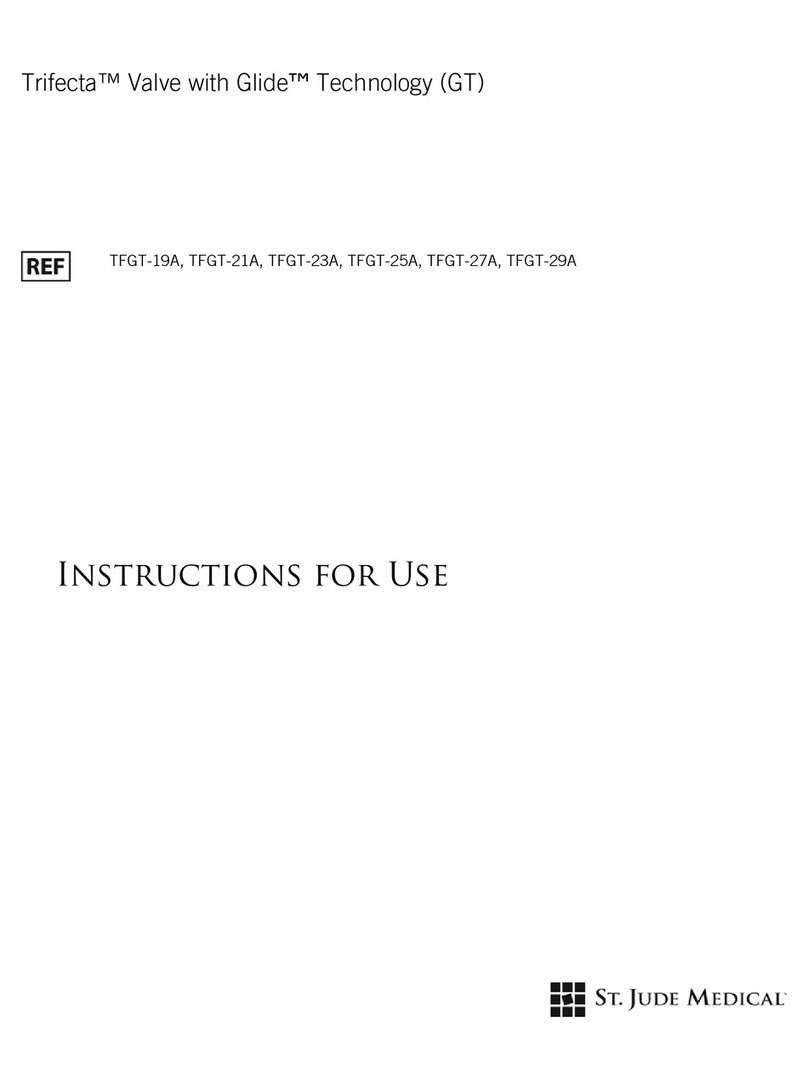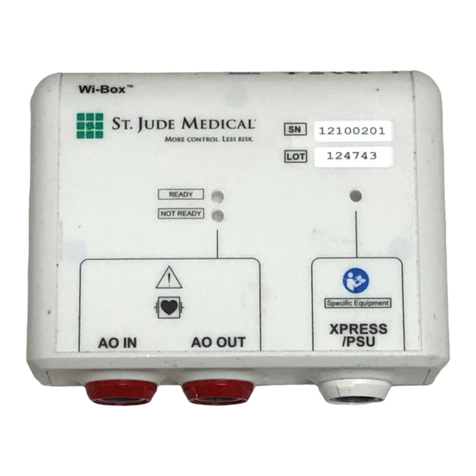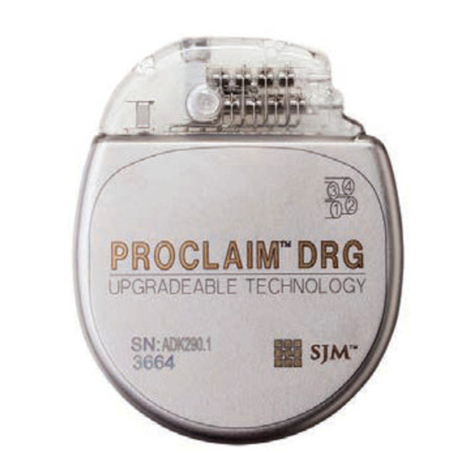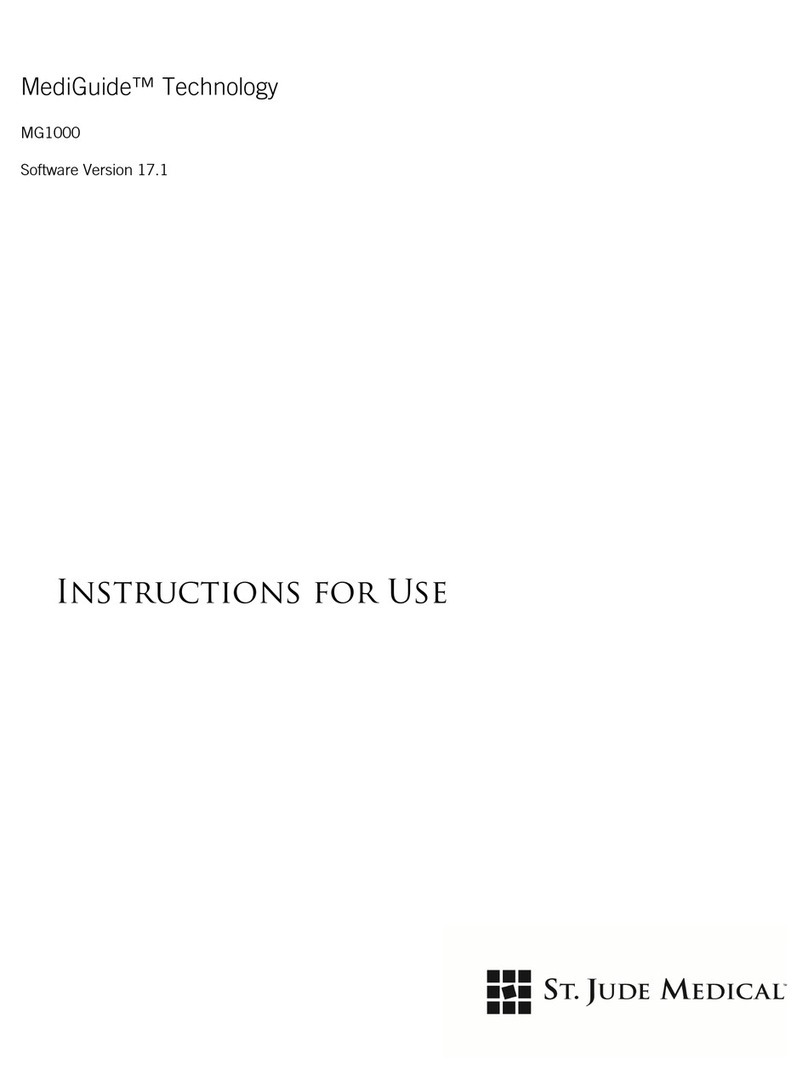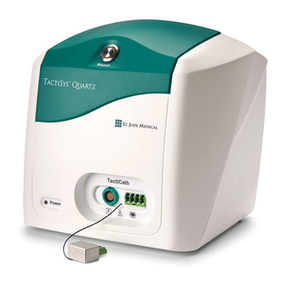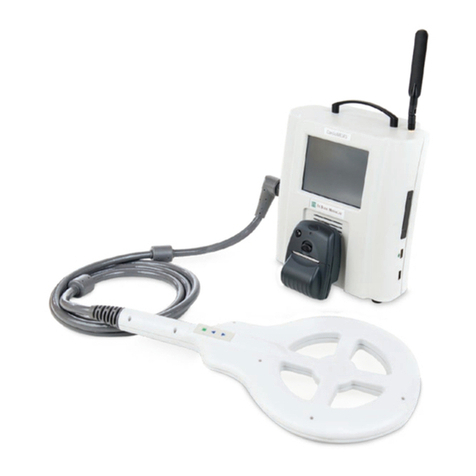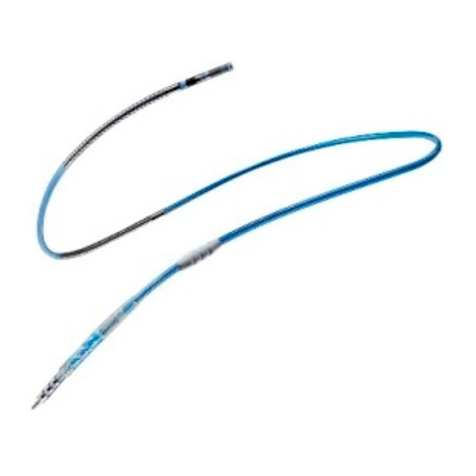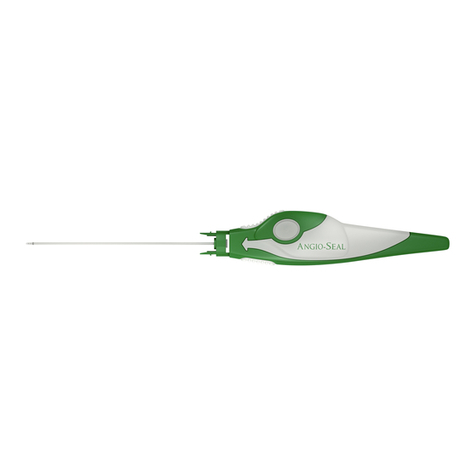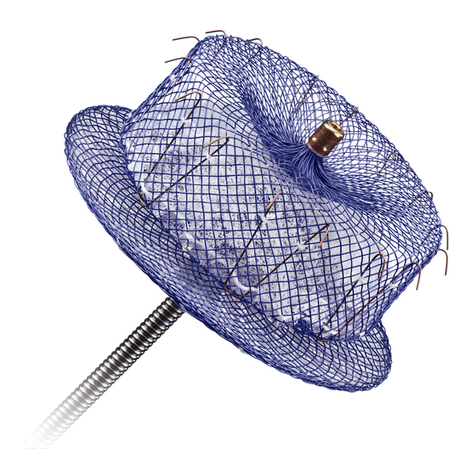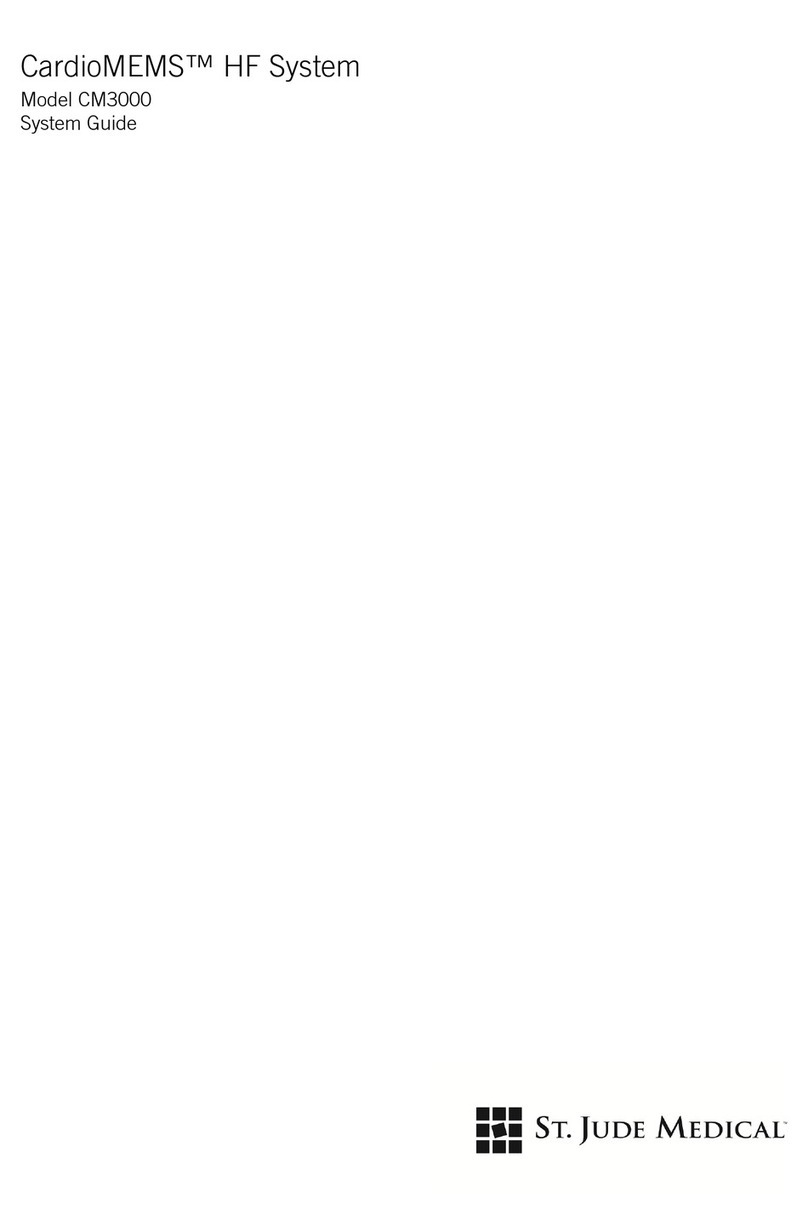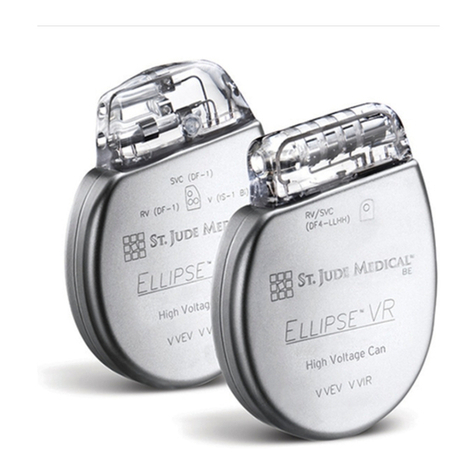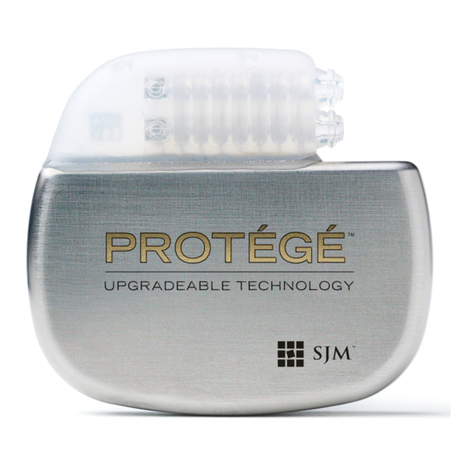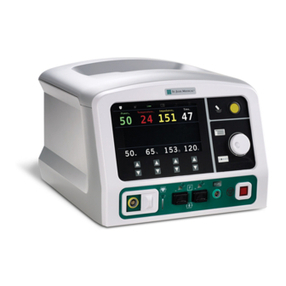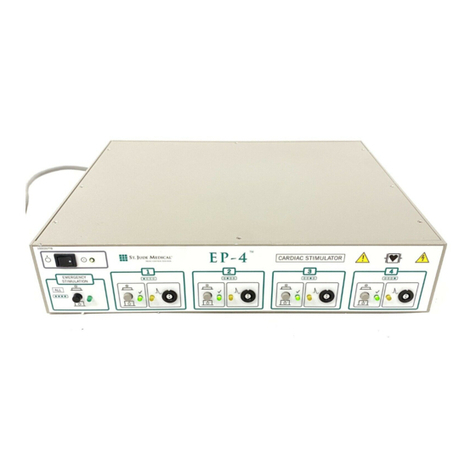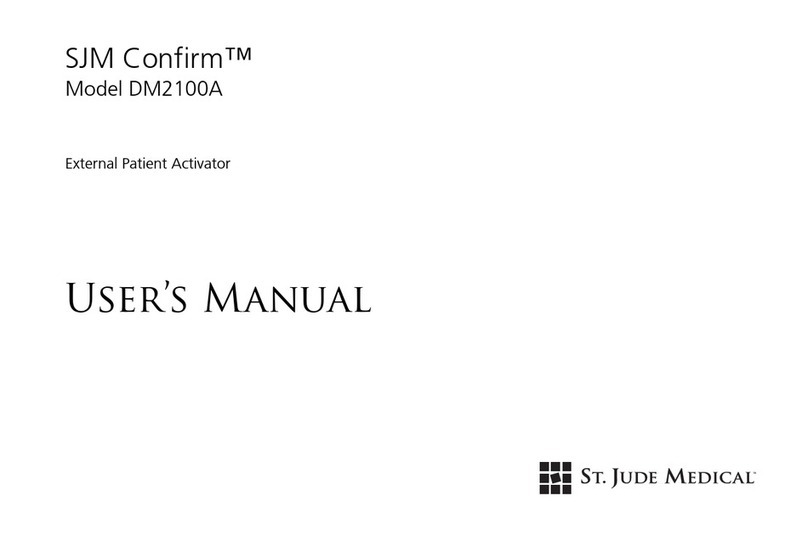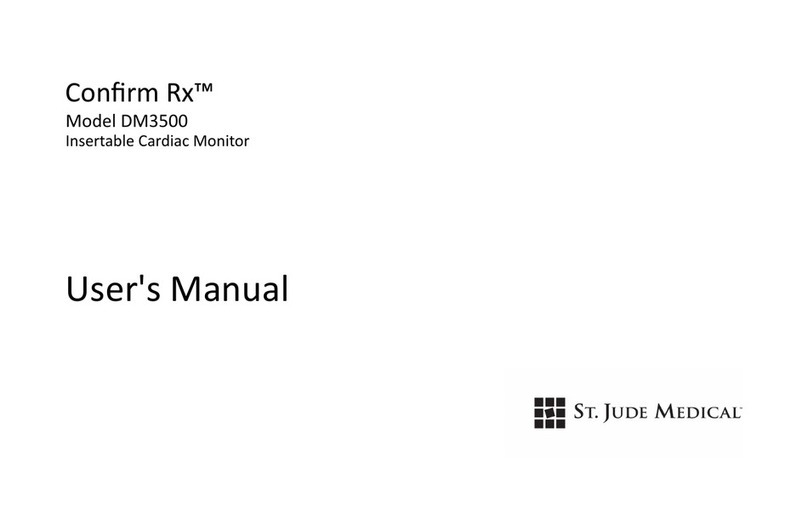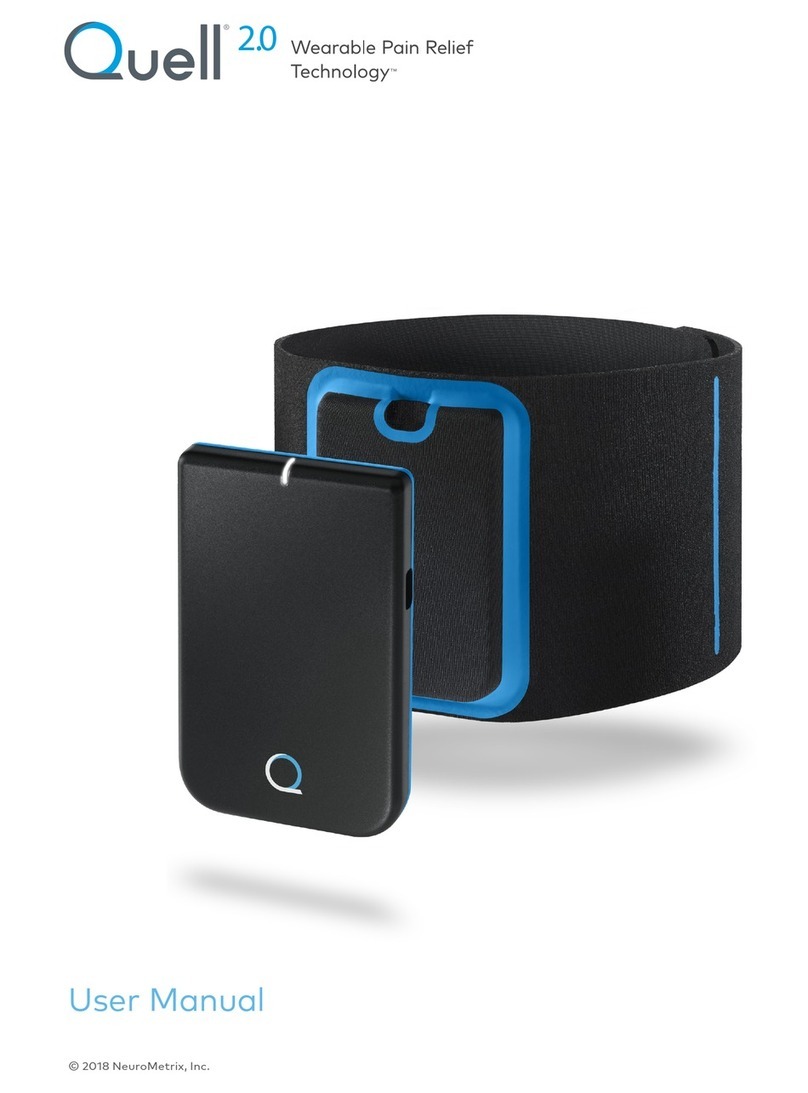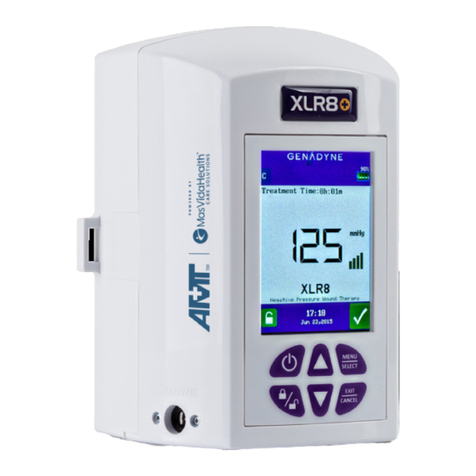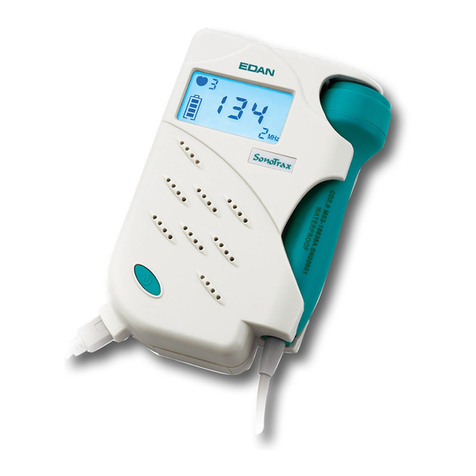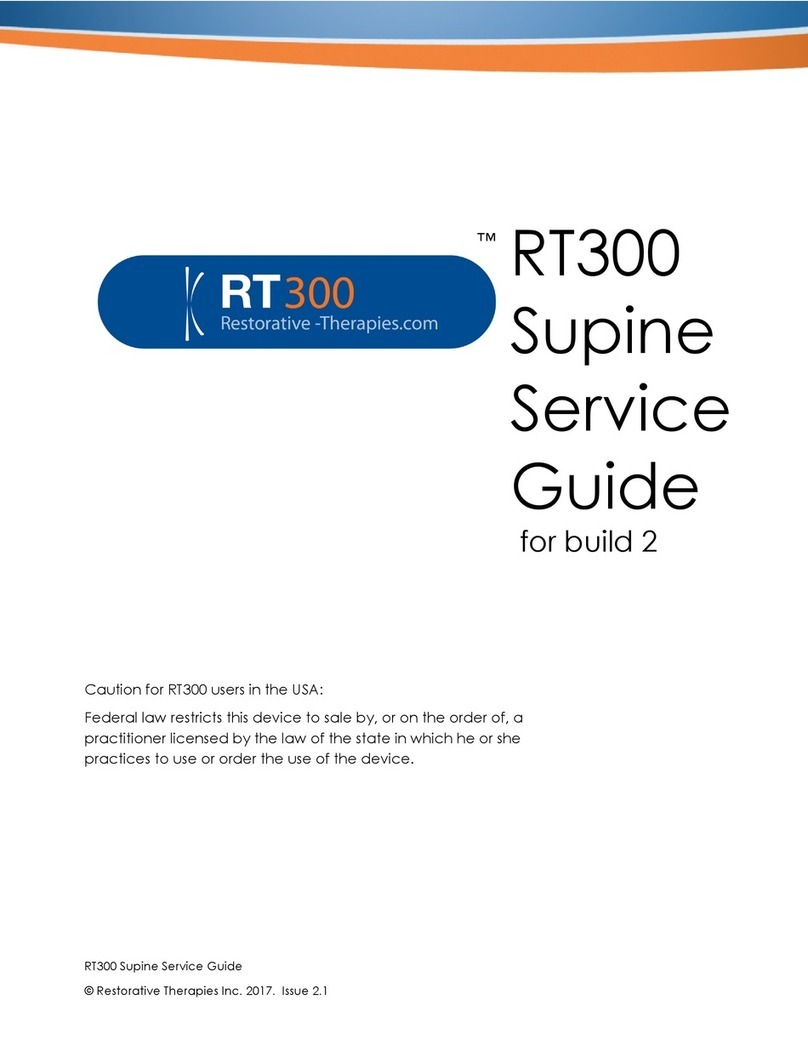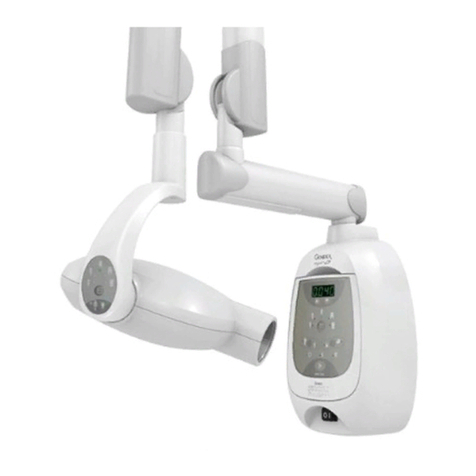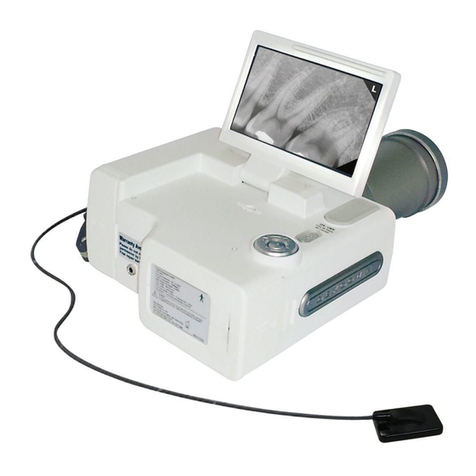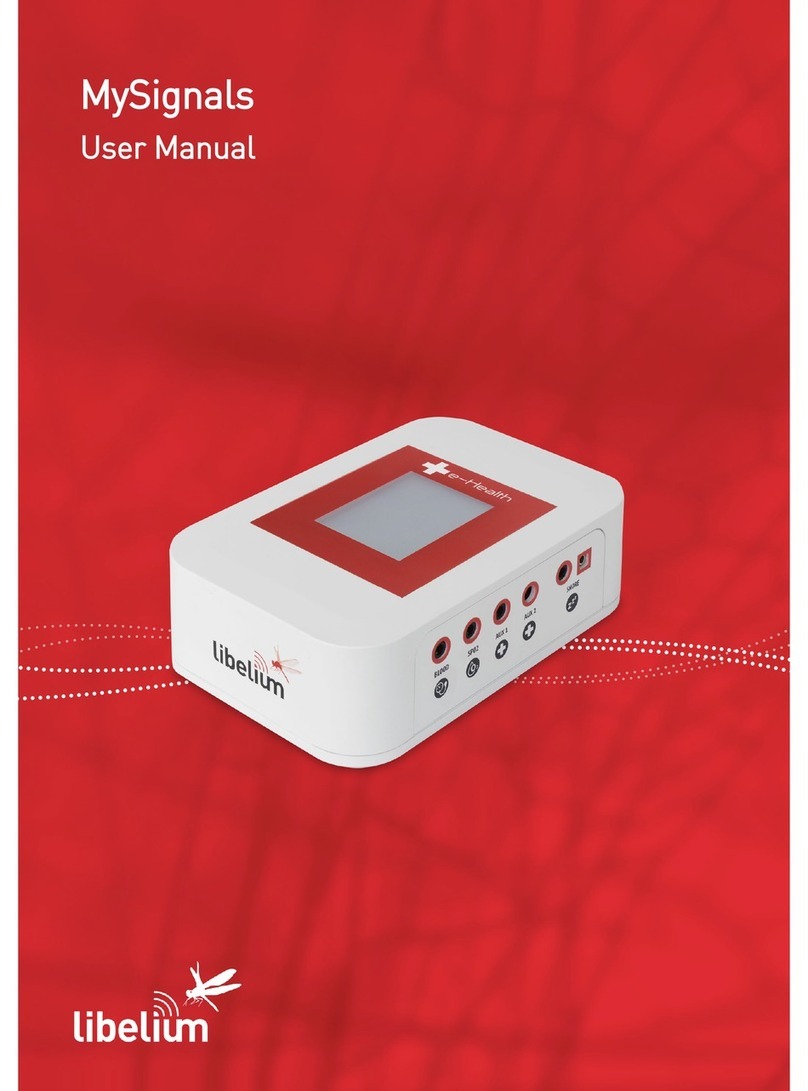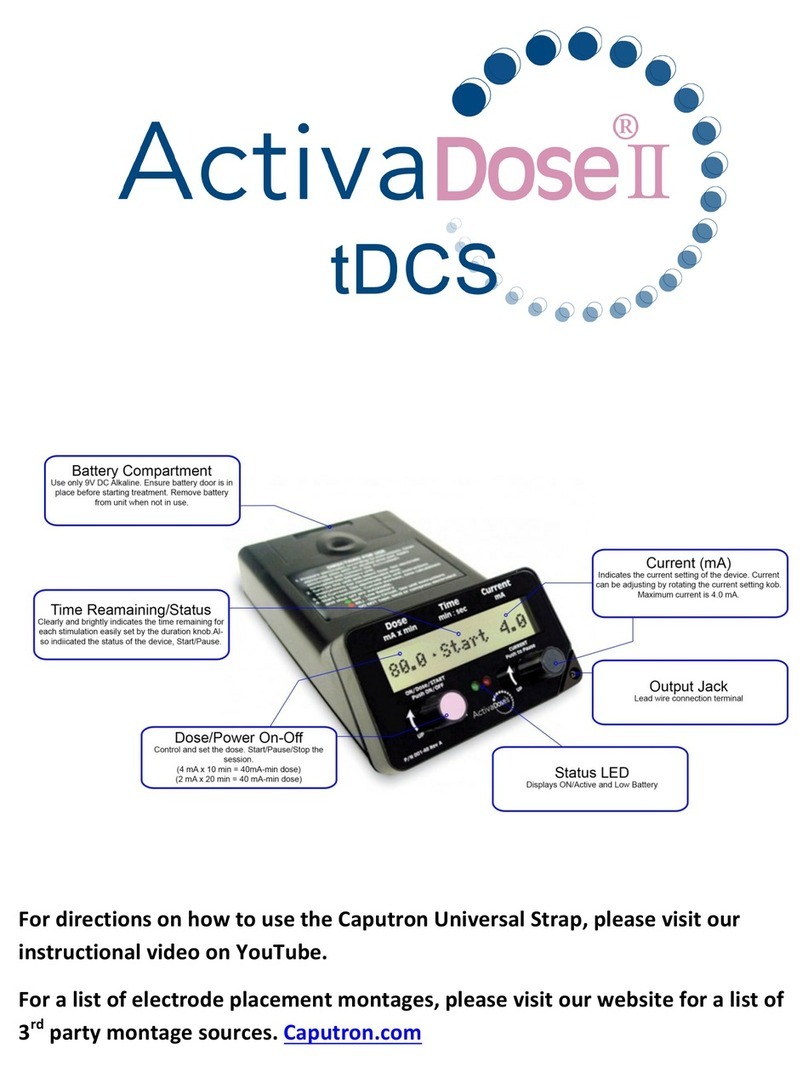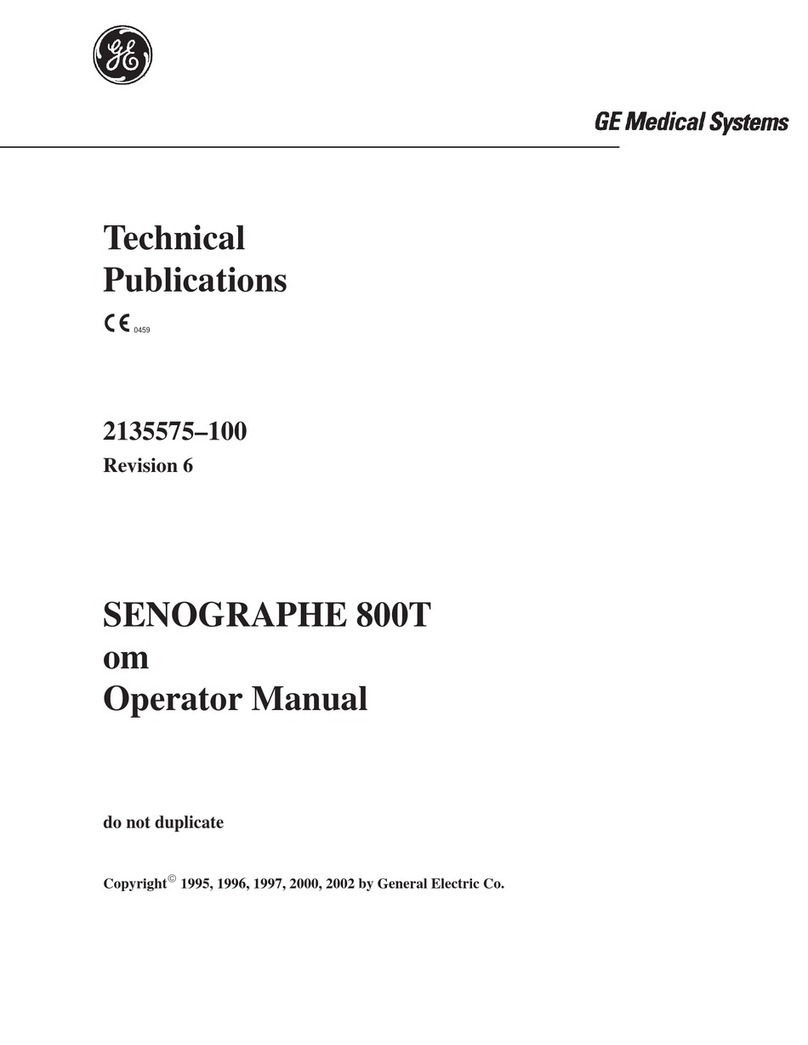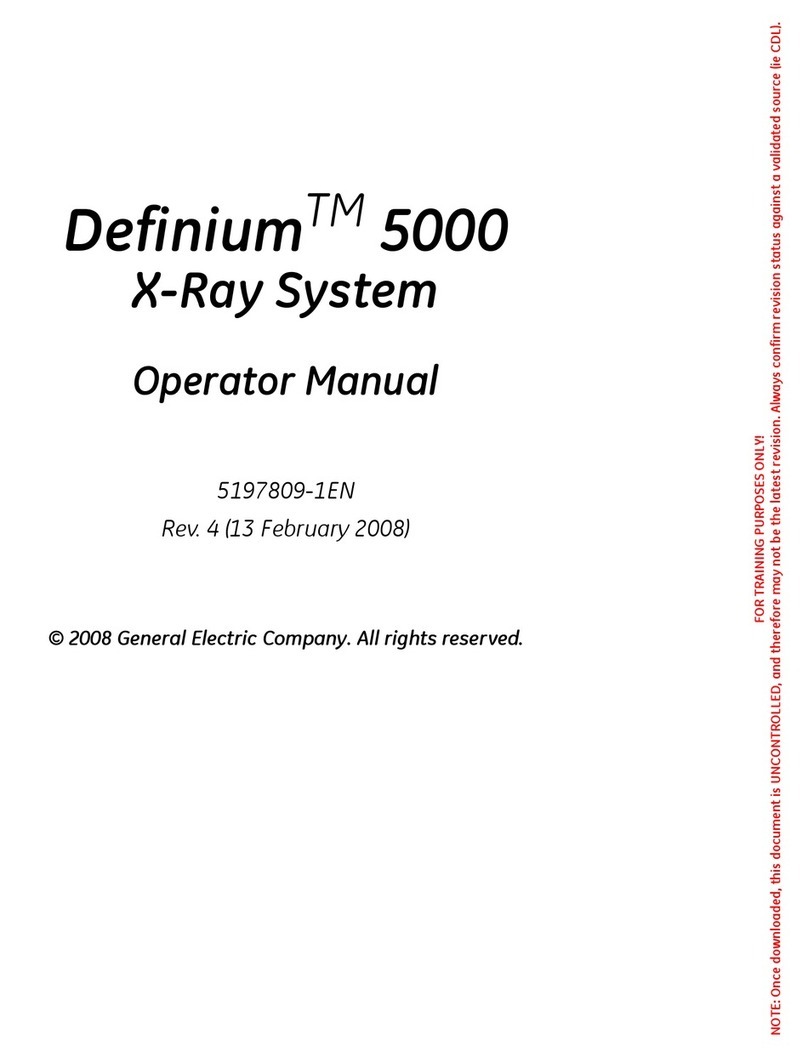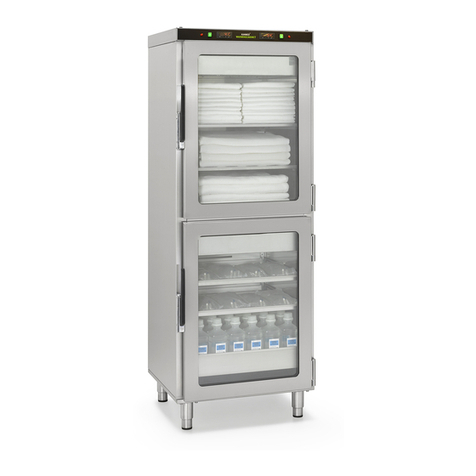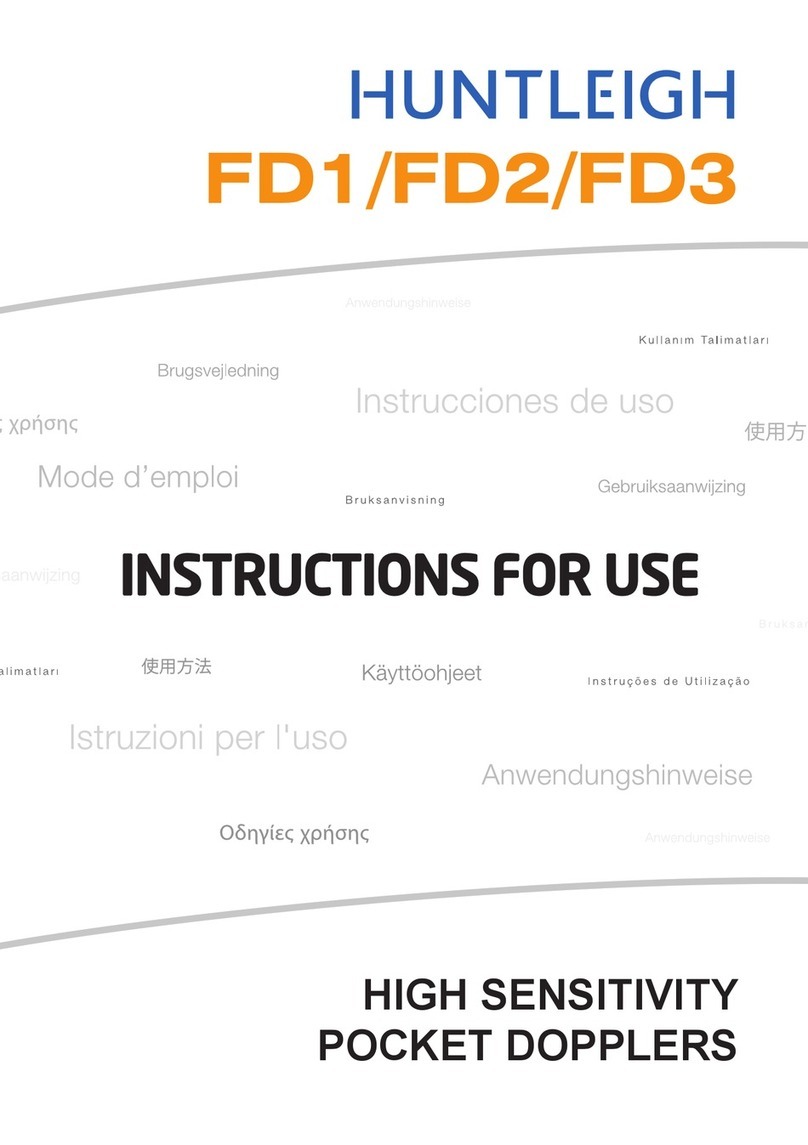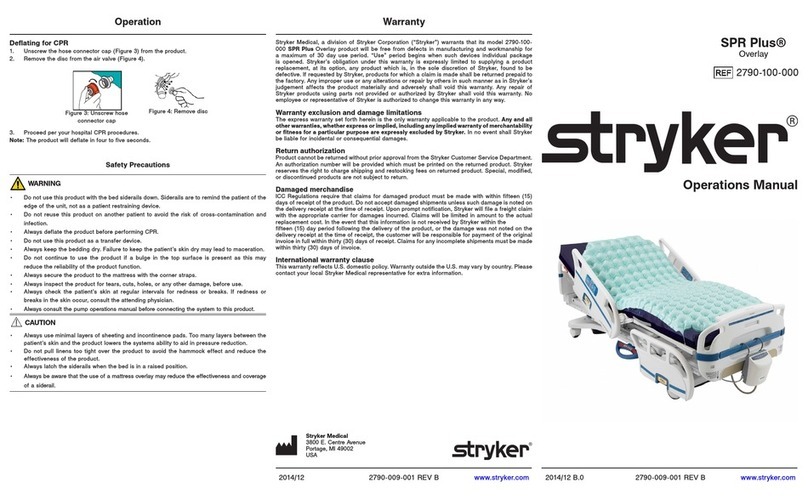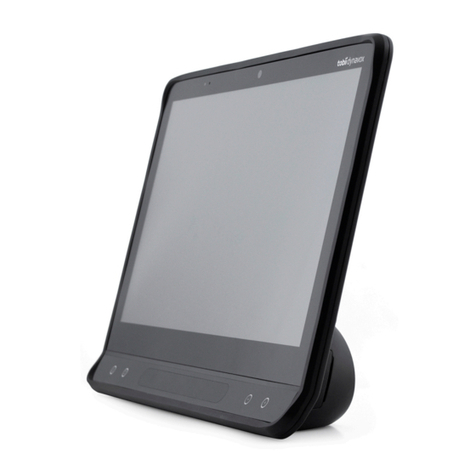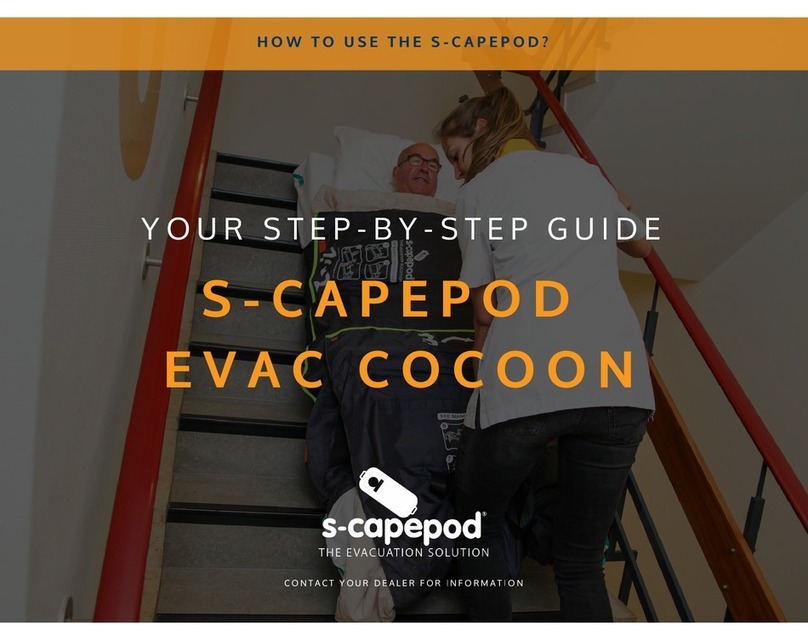
physical activity, posture, and anatomical influences. Cardiac leads' functional lifetimes can be affected by these and other
factors.
Exercise extreme caution when testing leads.
Use only battery-powered equipment during lead implantation and testing to protect against fibrillation which may be induced
by alternating current.
Use only properly grounded line-powered equipment in the vicinity of the patient during the implant procedure.
Insulate lead connector pins from any leakage currents that may arise from line-powered equipment.
Avoid diathermy, even if the device is programmed off, as it may damage tissue around the implanted electrodes or may
permanently damage the pulse generator.
Testing has demonstrated that the St. Jude Medical™ MR Conditional pacing system is conditionally safe for use in the MRI
environment when used according to the instructions in the MRI Procedure Information document. The St. Jude Medical MR
Conditional pacing system includes a St. Jude Medical MR Conditional pulse generator connected to one or more St. Jude
Medical MR Conditional leads.
"Untested" indicates that the device has not been tested and its use in an MR environment is not determined. For more
information, please consult the MRI Procedure Information document.
Precautions
For single use only.
Before opening the lead package, confirm that it is compatible with the device to be implanted
Carefully remove the tip retainer from the lead prior to implantation.
The lead conductor and its insulating sheath may be damaged if subjected to extreme mechanical stress.
Do not stretch, crush, kink, or bend the lead as leads may be damaged by improper handling before and during implant or by
excessive mechanical stress post-implantation.
Do not bring the lead into contact with sharp objects which could puncture or otherwise compromise the insulation.
Avoid handling the lead with any surgical tools such as hemostats, clamps, or forceps.
Avoid touching or handling the lead tip electrode.
Do not immerse the lead body in mineral oil, silicone oil, alcohol, or any liquid other than sterile saline or injectable fluid.
Do not immerse the tip electrode in any fluid prior to implantation; immersion of the electrode may cause a small amount of
steroid to be prematurely eluted.
Lead implantation should be performed only when proper emergency facilities for cardioversion and/or defibrillation are
available.
Do not slide the suture sleeve over the electrode ring(s), as this could cause damage to the lead.
If subclavian venipuncture is used for lead introduction, it is important to insert the lead as lateral as possible when gaining
entry of the lead into the vein.
Perforation of the atrial or ventricular wall may cause phrenic nerve stimulation, diaphragmatic stimulation, or in some
instances, cardiac tamponade. Phrenic nerve or diaphragmatic stimulation may also be a result of lead position.
Failure to use the suture sleeve to anchor the lead may result in lead dislodgement or damage to the lead's insulation and/or
conductor coil (see Securing the Lead).
The manipulation of any hardware in the vascular system should be performed only under continuous fluoroscopic monitoring.
Pay close attention to the handling of the helix extension/retraction mechanism before and during implantation.
Package Contents
The contents of the package are sterile. Each package contains:
One lead
One radiopaque suture sleeve attached to lead
One spare suture sleeve
One vein lifter
Two clip-on tools
One tip retainer (to be removed prior to implant)
Stainless steel stylets with knob colors designating degree of firmness.
One literature packet.
